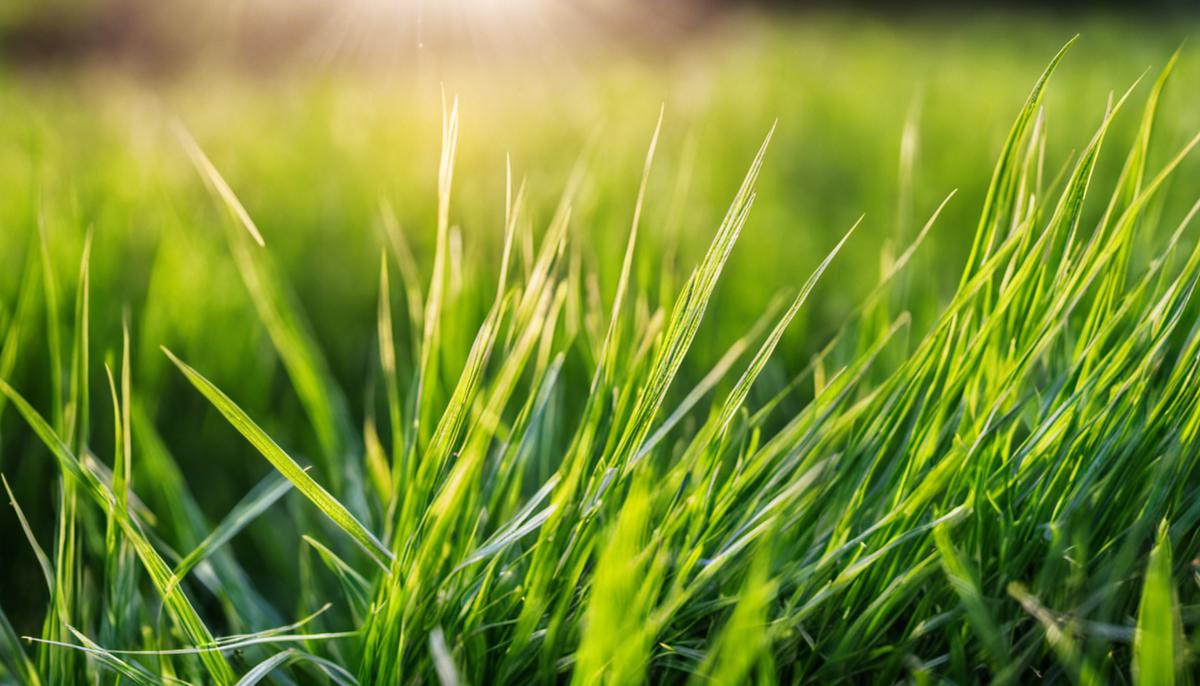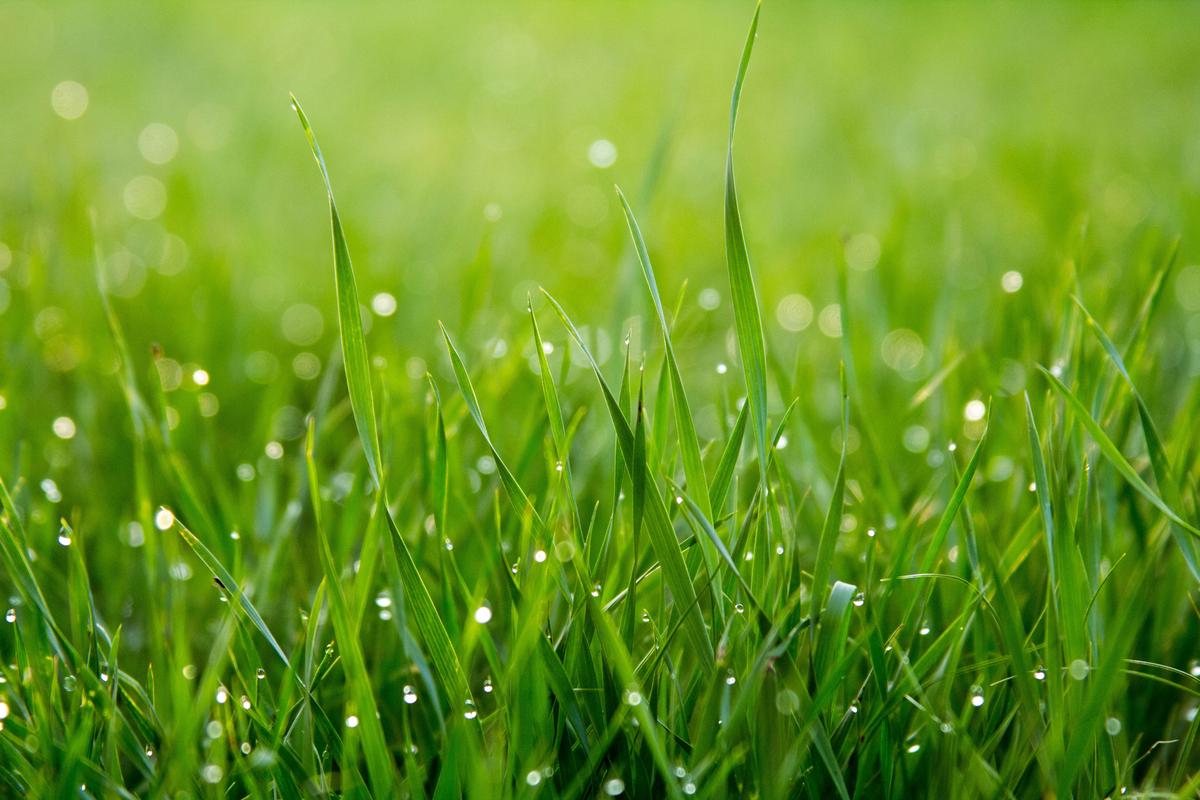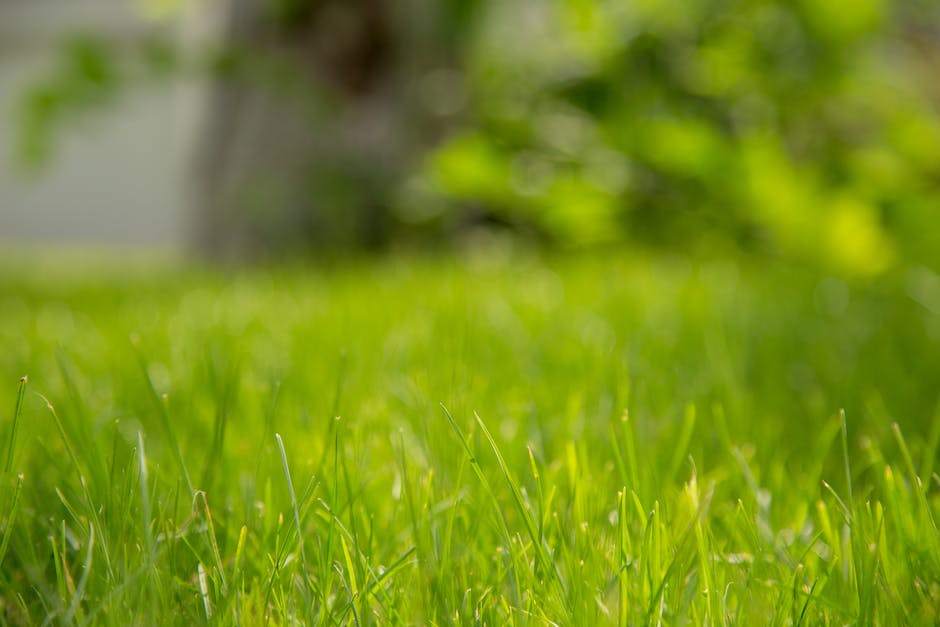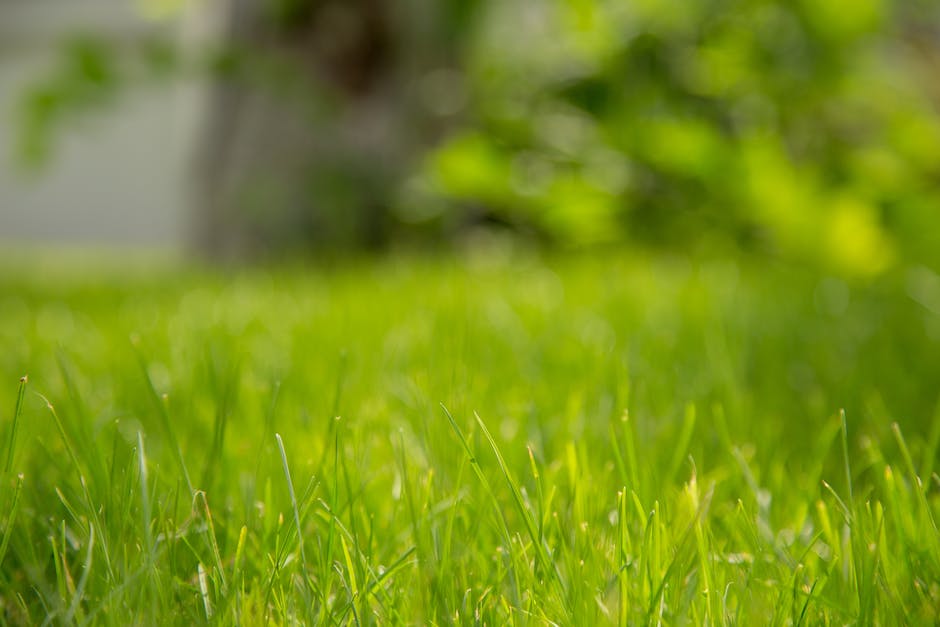Eliminating Bermuda Grass: A Useful Guide

Widely known for its nature of infesting landscapes Bermuda grass, while a hardy and common lawn choice, often becomes a hurdle for many homeowners and gardeners. Resilient and aggressive, this invader has strong growth habits that make it a challenging weed to control. The ability to understand the life-cycle, growth pattern, and reasons for its hardiness forms the foundation for planning its effective erosion. Tackling the Bermuda grass involves adopting potent strategies inclusive of accurate removal techniques and developing preventive measures to curtail its reappearance. Transforming your landscape involves not just battling Bermuda grass but also encouraging desired grass species to flourish, thus concentrating on a holistic lawn maintenance approach.
Understanding Bermuda Grass
Unraveling the Invasive Nature of Bermuda Grass – An Intriguing Horticultural Pursuit!
Have you ever stood back and admired a lush green lawn, only to realize the hardy grass meticulously blanketing the yard was Bermuda grass? True to its ambitious nature, Bermuda grass offers a perfect blend of stunning aesthetics and rugged resilience, conquering turfs everywhere with unparalleled fervor. With the view of a true greenery enthusiast, let’s go knee-deep into the fascinating world of Bermuda grass and explore what precisely makes it so invasive.
Picture this: A plant that features an extensive, deeply anchored root system, showing its robust strength and tenacity. That’s precisely what Bermuda grass brings to the table. With roots that can penetrate soil depths of up to six feet, this powerful grass roots its dominance firmly, ensuring it can replenish itself even after significant damage or disturbance. This survivalist approach gives Bermuda grass an edge to endure where other grass types may falter.
Furthermore, Bermuda grass exhibits an admirable degree of adaptability, a trait that puts it way ahead of the curve. It’s not picky about where it sets shop. While it thrives best under full sun exposure, partial shade hardly dampens its growth. Bermuda grass is not just drought-tolerant, but also has a high saline tolerance, making it a go-to for coastal regions. Whether nutrient-rich, sandy, or clay-like, very few soil types can curb the growth of this super-grass.
A characteristic often overlooked when determining why Bermuda grass is so invasive is its sheer growth speed. While this quality is terrific for quick lawn coverage, it’s also what makes Bermuda grass particularly pervasive. Its ability to grow rapidly helps it easily outpace and overshadow other nearby plant competition, rapidly taking over the entire space.
Bermuda grass isn’t just about roots. The surface runners, or stolons, and underground stems, known as rhizomes, play quite the formidable role as well. Through these two avenues, Bermuda grass can quickly spread across the surface and underground, conquering new territories with stealthy robustness. They can even grow from a small piece of root or stolon. The decentralized growth pattern ensures that extermination can be a Herculean task.
Another noteworthy trait of Bermuda grass is its seed viability, meaning even after a year or more of lying dormant, the seeds can still sprout! This enduring life force goes hand in hand with its being wind, water, or animal-dispersible, allowing Bermuda grass to colonize new regions far from the mother plant.
With all these characteristics in play, it’s easy to see why Bermuda grass easily assumes the invasive mantle. Though it’s an expert at covering bare patches and creating soft, green expanses, it demands a measured appreciation. As enthusiasts of the green, understanding the strengths and weaknesses of this endurance runner of the grass world helps forge a balanced relationship with this fascinating flora. Enjoy the verdant journey!

Effective Removal Techniques
Cultivating Bermuda Grass: Primers and Practice
The magic of Bermuda grass lies in its hardiness. With its molecular resilience and environmental adaptability under our belt, it’s time we talk about what everyone’s here for: how we can cultivate this marvel of nature in our own spaces. A wonder indeed, Bermuda grass offers the perfect solution for a lush, green lawn, golf course, or sports field.
To experience the beauty of Bermuda grass, preparation is key. The best time to plant is in late spring or early summer when soil temperatures are consistently above 65 degrees. Remember, Bermuda grass loves warmth. Cooler temperatures inhibit sprouting, so ensure your timing aligns with the weather.
Preparing the soil before planting is equally important. A well-aerated, loamy soil is perfect for the growth of Bermuda grass. Taking a break from the science, let’s call it ‘fluffy’- that’s what we’re aiming for: a well-draining, ‘fluffy’ soil. Adding organic matter or compost can aid in making your soil Bermuda-friendly.
Next step: planting! Whether you choose to start from sod, plugs, or seeds, Bermuda grass is generally forgiving and will likely thrive with proper care. Just ensure there’s ample light. Sunlight is the best friend of Bermuda grass – it’s like sunshine candy to them.
Watering is another crucial part of the cultivation process. Regular watering, especially in the first few days after planting, is pivotal for quick establishment. But, here’s where Bermuda grass proves its superb resilience: once established, it can withstand periods of drought much better than most grass types.
While Bermuda grass is a relatively low-maintenance turf grass, occasional fertilizing can provide it a little boost. A balanced lawn fertilizer applied monthly during the growing season will keep your Bermuda grass vibrant, thick, and healthy. Don’t forget, Bermuda grass goes dormant in winter, so you can skip fertilizing until spring.
It’s exciting to contemplate the possibility of a Bermuda grass lawn. The blades of Bermuda grass, tickling your bare feet, a vibrant carpet beneath trees, and around pavers. But, it won’t just appear overnight – patience is crucial. This is a process, a journey. With time and a bit of dedication, you could be walking on a ‘green carpet’ that’s sustainable, gorgeous, and all yours!
Although Bermuda grass can spread aggressively, make it a habit of mowing regularly – preferably once a week. This not only keeps your lawn looking neat and well-manicured but also helps in controlling its spread.
Bermuda grass, with all its pros, can be the solution to your lawn concerns. It asks for little but gives so much: a lush, emerald blanket that feeds the eye and soothes the spirit. Like any other pursuit, remember to savor the process. Sit back, relax, and watch your Bermuda grass grow.

Prevention and Maintenance
Preventing the return of Bermuda grass after its removal is a task that needs precision and a dutiful gardening regimen. Here’s an easy step-by-step guide to assist in keeping this vigorous grower at bay.
- Deep Removal of Bermuda Grass: When you’ve identified that Bermuda grass has invaded your lawn, the primary step is deep excavation. This means digging approximately 6 inches into the soil to ensure removal of most, if not all, of the extensive and deep-set root system. The use of a sturdy garden spade can prove effective in this process.
- Solarisation: This is a natural method that uses the heat of the sun to kill the Bermuda grass. A clear plastic sheet is placed over the affected area after watering it thoroughly. This should be kept in place for a minimum of four weeks during the hottest part of the summer when the sun’s rays are most potent. The heat generated under the plastic will eliminate any Bermuda grass roots or seeds left in the soil.
- Use of Herbicides: The application of a post-emergent herbicide can be an effective method for Bermuda grass elimination. Glyphosate is a standard choice for this job, but it’s essential to remember that it kills all vegetation it comes into contact with, so precise application is necessary. The herbicide won’t affect any dormant seeds, so the process may need to be repeated as new growth appears.
- Plant Competitive Species: Bermuda grass thrives in ample sunlight. By planting competitive species that create shade, you can hinder Bermuda grass growth. The addition of tall fescue, ryegrass, or Kentucky bluegrass can serve this purpose. These grass types, particularly when fully established, can provide a robust defense against Bermuda grass invasion.
- Regular Monitoring and Maintenance: Once Bermuda grass has been removed, ongoing vigilance is vital in keeping it from reestablishing. This includes regular mowing and watering of your desired grass species while intermittently checking for any signs of Bermuda grass return.
- Limit Disturbances and gaps: Bermuda grass utilizes opportunities provided by empty spots or soil disturbances to invade your lawn again. By promptly overseeding any vacant spaces, you can prevent Bermuda grass from taking advantage.
Remember that complete Bermuda grass eradication might not be feasible, but with diligence, its recurrence can be substantially decreased. Keep nurturing those beloved lawn species and sharing your love for this pastime. Happy gardening!

The complexities of eradicating Bermuda grass make it a daunting task for many. However, with an in-depth understanding of its life cycle, optimal eradication techniques, and preventive measures, you can effectively combat its invasion. Essential in this development is the use of varied removal strategies depending on conditions and time of the year, and the adoption of regular, systemic lawn maintenance to promote the growth of preferred grass varieties. With this comprehensive approach towards Bermuda grass control, it is possible to transform your landscape into one that is not just Bermuda grass free but also one that sustains the growth of desired flora.



